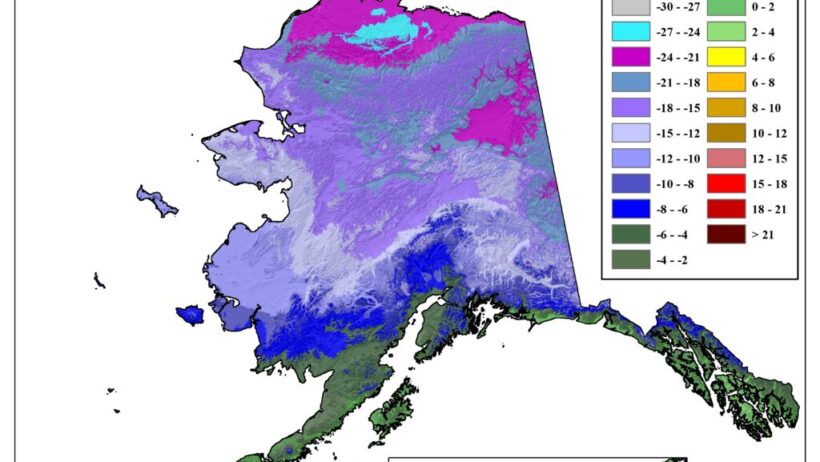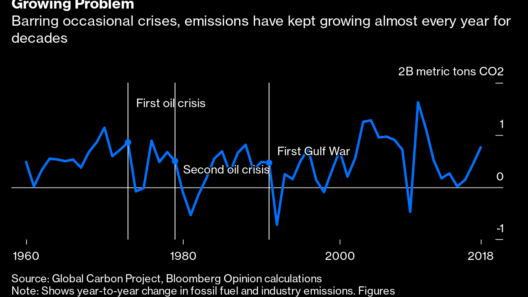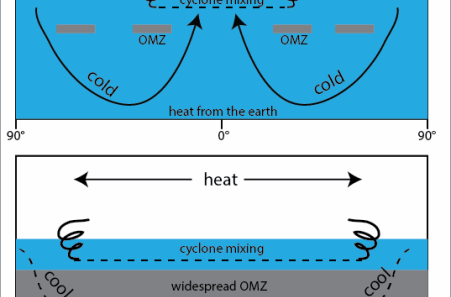What if you could traverse a vast wilderness where the only constants are extremes? In Alaska, the climate presents a stunning dichotomy of icy serenity and wild unpredictability, enticing adventurers and environmentalists alike to ponder the forces that shape this remote region. The sheer magnitude of its climate phenomena urges us to explore the question: What is the climate in Alaska, and how do ice, snow, and extremes define this northern frontier?
Alaska’s climate is far from monolithic. It varies significantly from its coastal regions to its interior valleys and high mountain ranges. The state boasts a variety of climates—tundra, subarctic, and maritime—all coalescing to create a unique environmental tapestry. The juxtaposition between a heavily glaciated North and temperate southeastern coasts invites one to contemplate the resilience of life amid harsh conditions.
Consider the notable climate zones that populate Alaska’s vast landscape. The Arctic region, characterized by its tundra, experiences long, frigid winters punctuated by brief summers. The average winter temperatures plummet to below -30°F in some areas. In contrast, the coastal regions enjoy a maritime climate influenced by the Bering Sea and the Pacific Ocean, leading to more moderate temperatures. This complex climate interplay results in a remarkable biodiversity that somehow thrives under arduous conditions.
During the winter months, a blanket of snow envelops Alaska, transforming its landscapes into breathtaking vistas of white. This seasonal phenomenon is both a curse and a blessing. The heavy snowfall can lead to perilous situations, such as avalanches and treacherous road conditions. However, it also creates a paradise for winter sports enthusiasts. Skiing, snowboarding, and dog sledding become not only recreational pastimes but also vital aspects of cultural identity in native communities. The questions arise: Are we harnessing the beauty of this snow-laden expanse responsibly? Are we cognizant of the increasing risks that come with climate change?
As the seasons shift, so too does the weather, unveiling Alaska’s volatile summer climate. The dramatic transitions from cold to warmth foster an environment where sudden storms can ravage even the most prepared of adventurers. Temperatures can swing from freezing cold to near-sweltering heat, with coastal summer temperatures averaging around 60–70°F, while interior areas can see highs of 80°F. The variability challenges both residents and wildlife, raising compelling inquiries: How do local flora and fauna adapt to such erratic changes? What repercussions do these fluctuations have on the surrounding ecosystems?
Moreover, the impact of climate change is becoming increasingly pronounced in Alaska. Glacial retreat is a stark indicator of global warming, with glaciers melting at an alarming rate. This not only threatens the habitats that depend on them but also contributes to rising sea levels, which could have cataclysmic ramifications for coastal communities and ecosystems. The transformation of previously frozen landscapes into soggy, unstable ground poses a significant challenge, setting off a ripple effect throughout the biome. As ice melts, questions of sustainability and ecological integrity arise. Are we mining this awe-inspiring region for resources without ample consideration of the environmental cost?
A fascinating aspect of Alaska’s climate lies in its unique phenomena, such as the aurora borealis—the ethereal Northern Lights. This natural spectacle, more commonly associated with winter nights, captivates observers with its vivid, dancing hues. The aurora serves as both a beautiful beacon of hope and a reminder of the stark reality of the Alaskan climate. It raises critical discussions about the intersection of natural phenomena and human impact; how do these enchanting lights interact with the rapidly changing atmospheric conditions surrounding them?
To understand Alaska’s climate landscape better, one must not overlook the indigenous communities that have called this land home for millennia. They possess intricate knowledge of the environment—how to hunt, fish, and live within the ebb and flow of nature’s offerings. This wisdom lends itself to significant insights concerning climate resilience. Emphasizing the integration of traditional ecological knowledge with modern science reveals a more comprehensive approach to navigating the challenges posed by the shifting climate trends. The question then becomes: How can we best honor and incorporate these traditions in our contemporary climate discourse?
Every facet of Alaska’s climate narrates a story, from the delicate balance of its ecosystems to the spirited narratives of its inhabitants. Ice, snow, and wild extremes shape a land teeming with contradictions. Each season holds its challenges and invitations for exploration, begging us to engage with this extraordinary landscape on deeper levels. The question remains: Can we find a sustainable path forward that honors the beauty and complexity of Alaska’s climate while mitigating the risks it faces? It is an urgent challenge, drawing not only on our collective creativity but also on our moral responsibility to protect this magnificent frontier for future generations.







